Category: Kansas state government
-
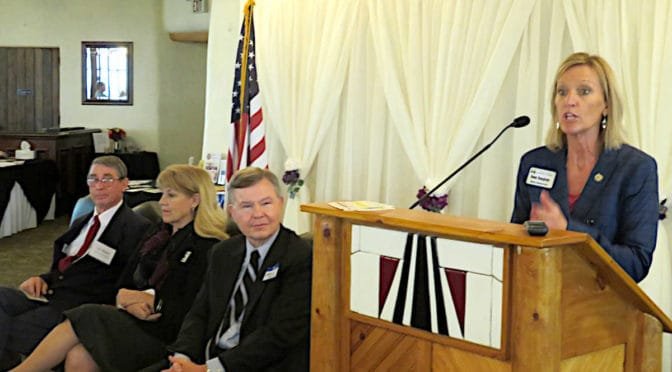
From Pachyderm: Kansas House candidates
From the Wichita Pachyderm Club: Republican candidates for the Kansas House of Representatives.
-
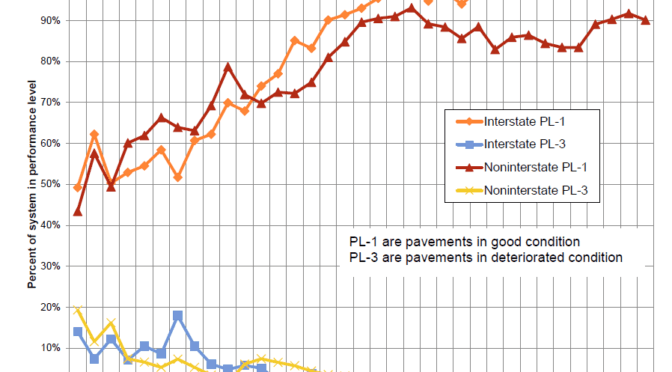
Kansas highway pavement conditions
What is the condition of Kansas highways?
-
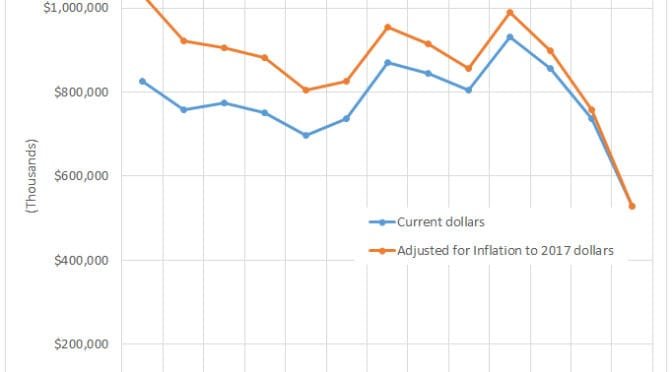
Kansas highway spending
A look at actual spending on Kansas highways, apart from transfers.
-
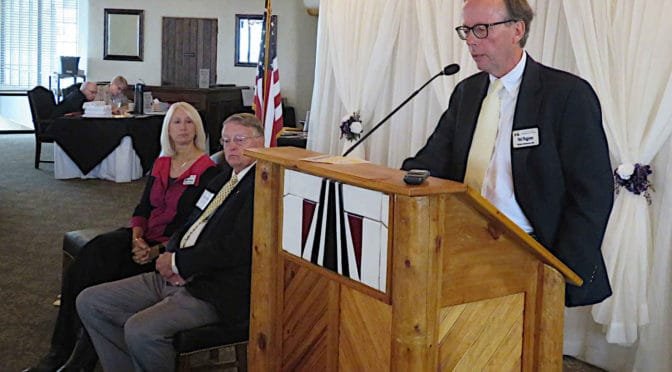
From Pachyderm: Kansas House candidates
From the Wichita Pachyderm Club: Republican Party Kansas House of Representatives candidates.
-
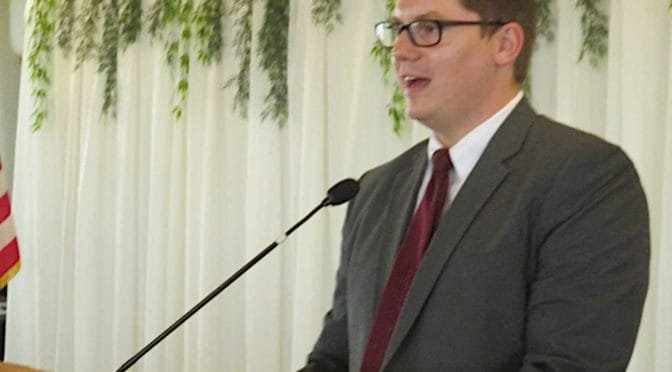
From Pachyderm: Kansas Treasurer Jake LaTurner
From the Wichita Pachyderm Club: Kansas Treasurer Jake LaTurner. This was recorded on September 14, 2018.
-
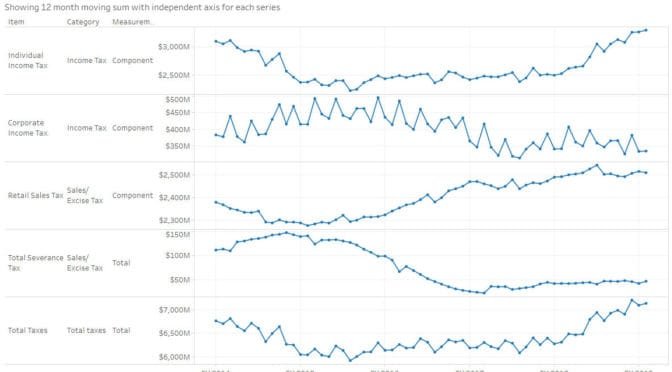
Kansas tax receipts
Kansas tax receipts by category, presented in an interactive visualization.
-
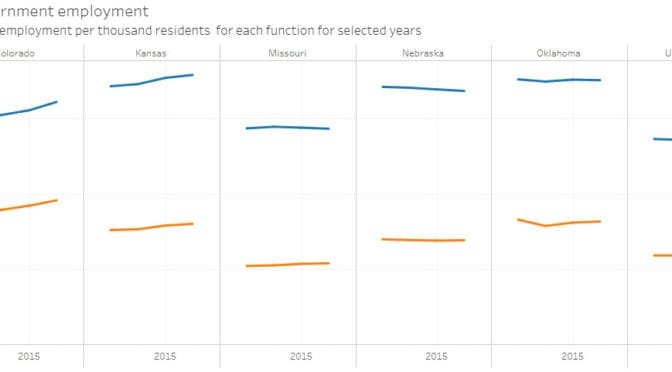
State government employees in Kansas
Kansas has more state government employees per resident than most states, and the trend is rising.
-
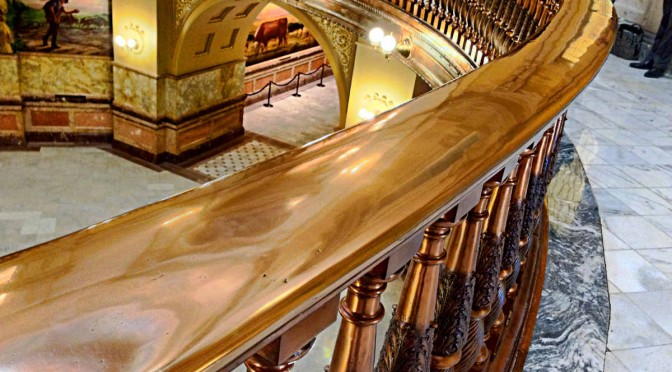
From Pachyderm: Kansas House of Representatives Candidates
From the Wichita Pachyderm Club: Kansas House of Representatives Candidates. These are Republican candidates appearing on the November 6, 2018 general election ballot.
-
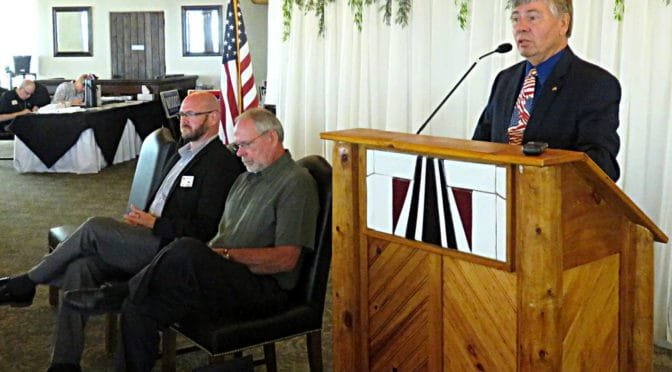
From Pachyderm: Candidates for Kansas House of Representatives
From the Wichita Pachyderm Club: Candidates for Kansas House of Representatives districts 74, 75, and 80. This was recorded on August 3, 2018.